Relaxing with the Birds
Posted on
 |
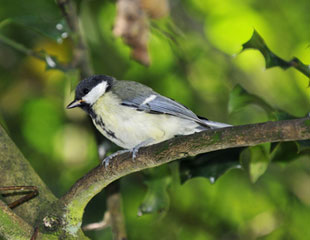 |
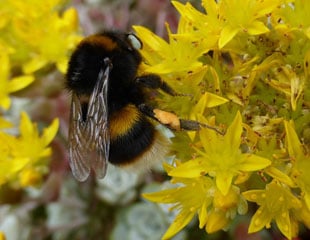 |
Posted on
 |
 |
 |
Posted on
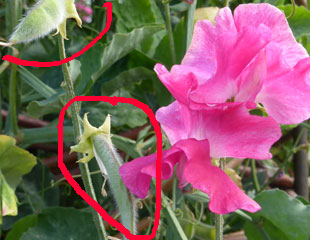 |
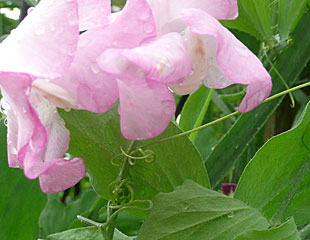 |
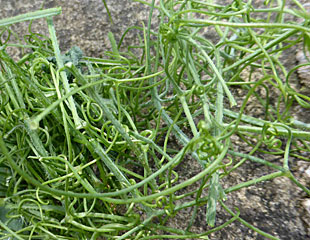 |
|
Sweet peas are growing fast and starting to flower. With a few essential tips on growing sweet peas you can keep your sweet peas flowering right thought to October. The first tip is the more you pick, the more you get. Do not be concerned that if you pick all the blooms there will be no more flowers; quite the reverse if you stop picking the sweet peas they stop producing flowers. Once the plant has produced seeds, which form from the spent flowers, it has fulfilled it's botanical role and will slow down and stop flowering. So to keep it flowering you keep taking off the flowers, (and any seed pods) and it will keep rewarding you with more flowers. Image to the left shows what the seed pods look like. Picking the flowers and removing the seed pods is essential when growing sweet peas. Equally important when growing sweet peas, is to remove the tendrils which form on the plant, illustrated in the second image. The tendrils look as if they will support the plant, and so there maybe a reluctance to cut them off. Left unchecked the sweet pea tendrils twist and distort the plant, because they hold the sweet pea back. The tendrils are a sort of plant tie in, a marker, which holds the plant and it will then struggle to grow upright and becomes twisted which spoils the lovely straight stems and eventually the plant can become very tangled. Cut them all off, see the image below which shows just how many can be removed without any harm to the plant, quite the opposite. You may have to tie or support the sweet pea after removing the tendrils. More tips on growing sweet peas |
||
Posted on
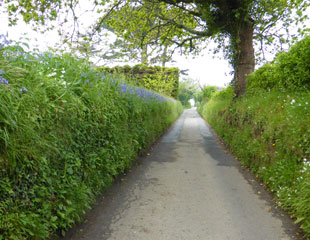 |
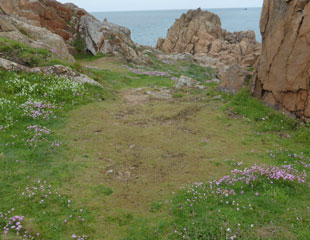 |
 |
|
Guernsey is a great holiday destination. Lots of information and ideas for holidays in Guernsey on visit Guernsey |
||
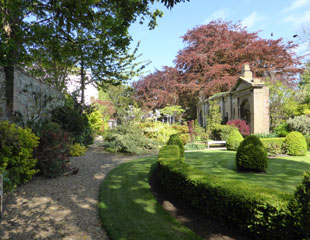 |
 |
Posted on
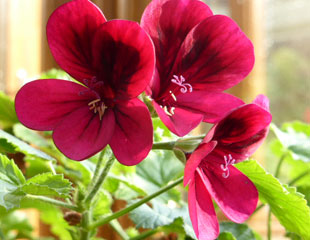 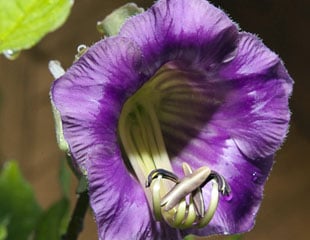 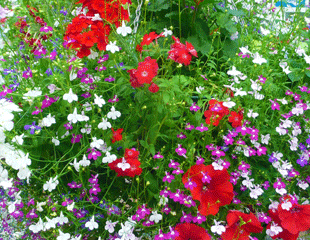 |
This is a much asked question. The garden centres and on line retailers have summer bedding ready to buy, but is now the right time? The short answer is no, or no unless you can grow the plants on under glass. Bedding plants are tender, which means they are not frost hardy, and that means any frost or snow, which some parts of the country are suffering from, will kill the plant. Bedding plants cannot be planted out until all risk of frost has passed, which may be mid May in sheltered parts of the country and end of May in the colder areas. This spring, with the odd exceptional day, has been cold, windy and wet. The growing season seems to be several weeks behind the norm, and some garden centres are not awash with bedding plants because they too are struggling to grow in the low light conditions. Many of our popular bedding plants originate from sunny warm countries, like South Africa. They are grown here in warm conditions inside an insulated greenhouse with good growing conditions, the right amount of light, warmth and heat. What do we mean by bedding? The most popular bedding plants such as Pelargoniums known as Geraniums, Verbena, Petunia, Begonia, Lobelia, Marigolds, these are all tender.
|
|
Tender veg are cucumbers, squash, courgette, tomatoes, french beans, runner beans, chilli, and herbs such as Basil, all need frost protection . Putting them outside, even in cold but frost free conditions, is not ideal as it's just too cold, a shock and the result can be to temporarily stop the plant from growing delaying development and flowering. If you buy bedding plants now, and any of the tender veg, they need to be kept under glass in the warmth. My conservatory has been so cold some of my tender seedlings had already succumbed to the cold, and white patches were starting on the tomatoes so I had to put a heater in for a few hours to take off the worst of the chill. Many of the summer climbing annuals are tender illustrated second image, "Cup and Saucer plant" latin name Cobaea scandens, is beautiful, but so tender that even a chill spell will severely upset it, but then it comes from Mexico and tropical South America. Another popular summer climber is "Blackeyed Susan" latin name Thunbergia, again very tender, and it hails originally from East Africa. When you consider where some of our bedding plants and summer climbers originate from it makes sense why they should not be planted out until frost has passed and the weather is warmer. It can depend where the plant comes from. Contrast with the Cornflower which is native to Europe and hardy so although it needs warmth to germinate it will withstand much more difficult weather conditions. Where the plant comes from helps but it is not an absolute rule of thumb and it doesn't always follow that all plants which originate from warmer climates are necessarily tender. Sweet Peas, Lathyrus odoratus, originate from temperate regions in Africa and South America, but they are hardy, and once "hardened off" can be planted out side . It is important to harden them off properly as even though frost hardy, they will have been grown in ideal conditions. Putting them outside into our Spring conditions can shock them and when this happens often their leaves turn very pale, almost white, as a result. To harden off plants is to gently acclimatise them to the weather outside. Sweet peas would be hardened off earlier because they are frost hardy. Tender plants need to be hardened off later because they will not tolerate low temperatures. To harden off plants place outside on milder days bringing into the green house on colder nights, gradually leaving the plants out for long and longer as the conditions allow, until ready to plant out. No sudden shocks.
|